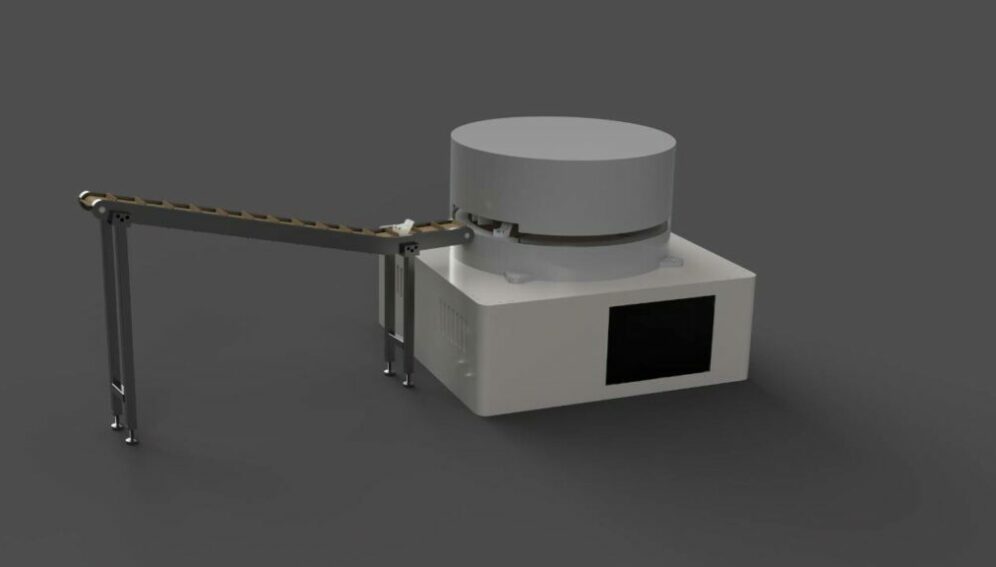11/02/22
Robot uses electric charge to extract scorpion venom

Send to a friend
The details you provide on this page will not be used to send unsolicited email, and will not be sold to a 3rd party. See privacy policy.
[AGADIR-MOROCCO] Moroccan researchers have patented a robot that extracts scorpion venom without human intervention, eliminating the danger of extracting it manually.
Developers of the ‘VES4’ robot from Hassan II University, Casablanca, say the innovation enables the quick and safe extraction of the poison which scientists have harnessed for new medicines to fight diseases such as malaria and cancer.
Thirty-five scorpions can be placed at one time inside the robot, which is programmed to apply an electric charge causing each of them to release one drop of the white venom, explained Omar Tannan, a member of the research team.
He stressed that the small charge does not do them any harm.
The venom drops are collected in a glass tube, said Tannan, adding: “The antenna and vibratory system operating the robot facilitates the recovery of venom beads collected in the pipes, ensuring a totally automated process.”
“Promoting this innovation will allow transferring research results to the production sector, opening doors for funding opportunities”
Anass Kettani, dissertation supervisor
The team developed the robot as part of a PhD dissertation by researcher Mo’az Mokammel five years ago. They wanted to come up with a lightweight device that could be used in or outside the laboratory and on all kinds of scorpions.



A hairy desert scorpion. Moroccan researchers use a robot that extracts it’s venom without human intervention, eliminating the danger of manual extraction. Copyright: Smithsonian Institution. (CC BY-NC 2.0).
As well as making the extraction process safer, they said it will make the process much more efficient. Extracting one gallon of venom using the traditional method would normally need about 2.64 million scorpions.
Known as the golden liquid, scorpion venom is considered one of the most expensive venoms in the world, with one gramme worth US$ 8,000. Its components have a number of therapeutic applications, such as the production of antitoxins and treatments for malaria and cancer.
The team have also released a guide to scorpions in Morocco, which maps out where they can be found and classifies them by degree of toxicity.
Anass Kettani, the dissertation supervisor, said: “Promoting this innovation will allow transferring research results to the production sector, opening doors for funding opportunities”.
The patented robot can now be manufactured, he added, but will need some improvement and investment to take it from lab to market.
Tannan stressed that the machine is only a prototype and will need adjustments at production stage.
The research team have not crunched the numbers, but Abdelhaq Omani, intellectual property and valorisation director at the Moroccan Foundation for Advanced Science, Innovation and Research, said: “It wouldn’t need a high cost.”
He points out that using the robot requires knowledge of how to deal with scorpions, as well as mastering the process of placing scorpions inside the robot, but otherwise the process is entirely automated.
The robot is unique, says Omani, in the way it can adjust the amount of electric charge needed, without affecting the scorpion or leading to its death.















